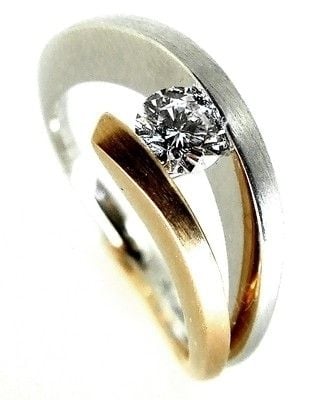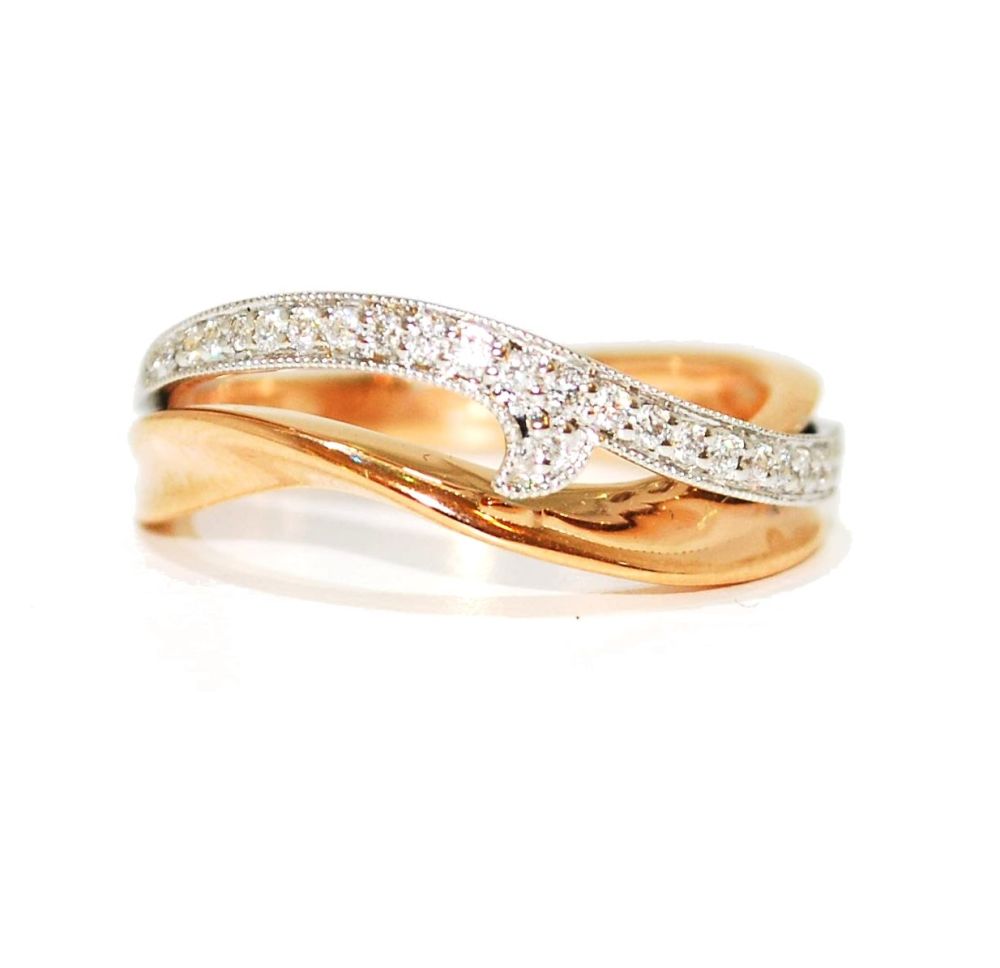Quirky Engagement Rings at Nude Jewelllery London
Posted on
|
Here at Nude Jewellery, London we are passionate about unusual jewellery and that includes unusual engagement rings. Why settle for normal when you can showcase your individuality in a piece of jewellery you are going to wear every day for the rest of your life. To offer some inspiration here is a small selection from some off the most inspiring celebrity engagement rings. |
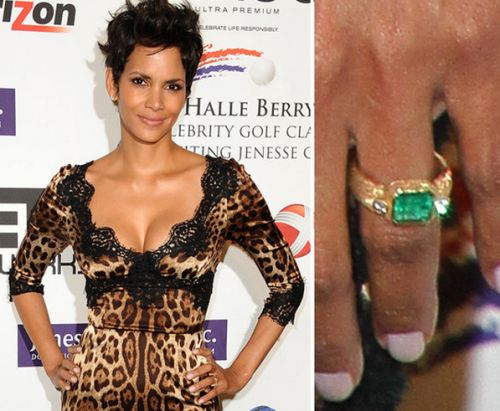 |
| Halle Berry - A beautiful emerald engagement ring set with diamonds in yellow gold. |
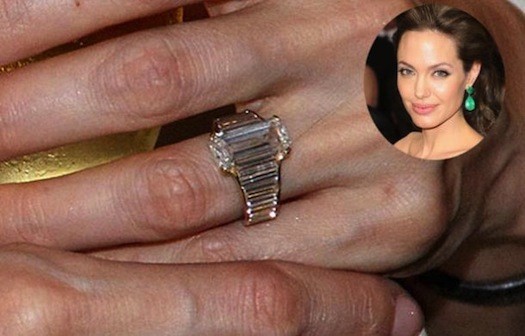 |
| Angelina Jolie - baguette Diamonds, modern yet vintage |
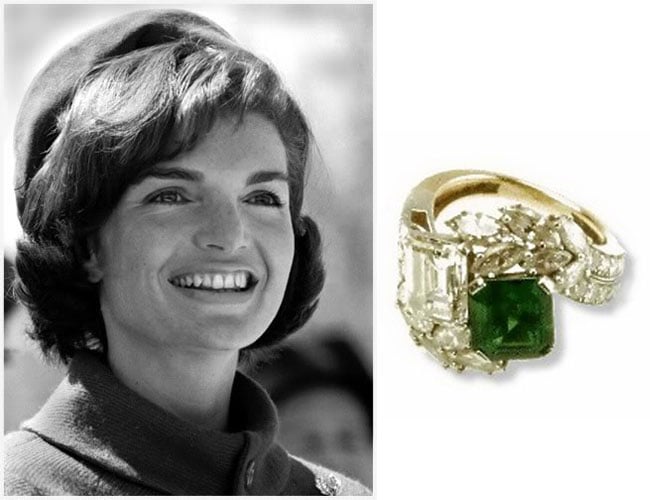 |
| Jackie O - Toi Et Moi Emerald and diamond ring |
| If you don't quite have the budget of the likes of Angelina Jolie (and let's face it, who does?!) Here is a new selection of our new unusual engagement rings, beautiful, sparkly and quirky that wont break the bank...... |
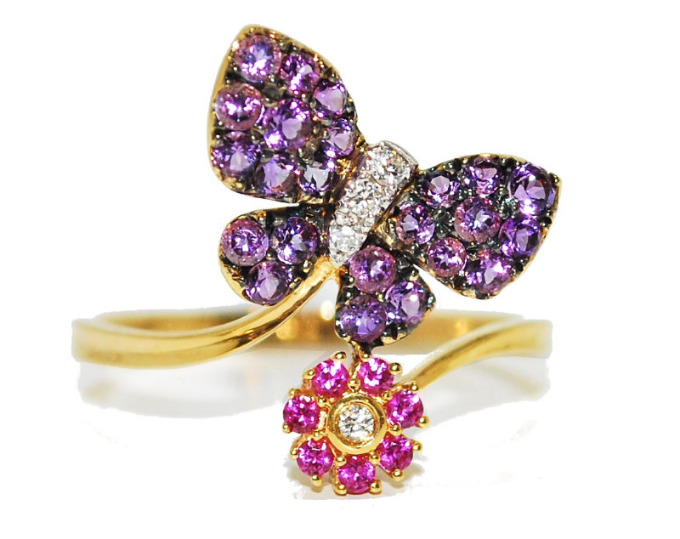 |
| The butterfly - Amethyst, pink sapphire and diamond unusual engagement ring. |
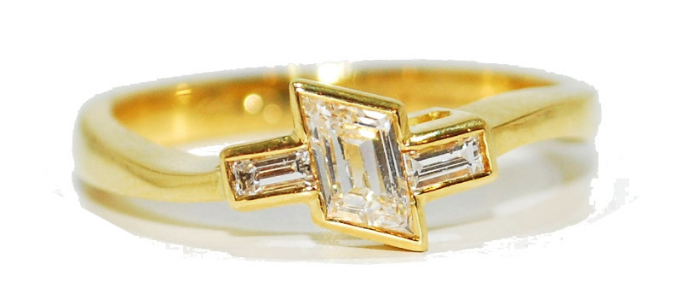 |
| Asymmetrical unusual diamond engagement ring a twist on a modern classic.... |
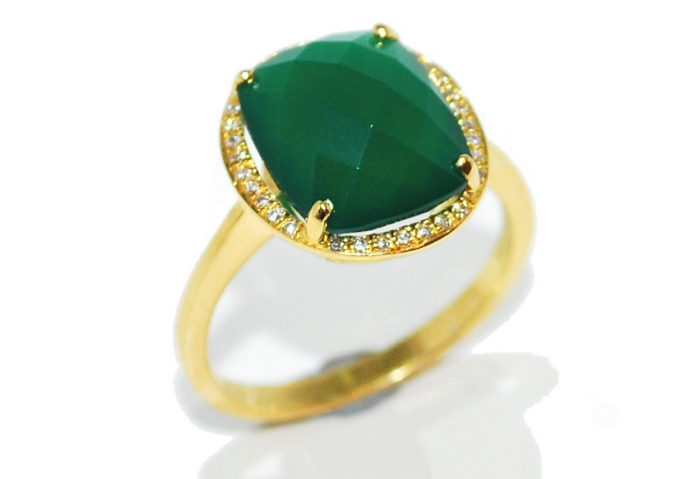 |
| Green agate and diamond ring - an elegant and unusual engagement ring. |
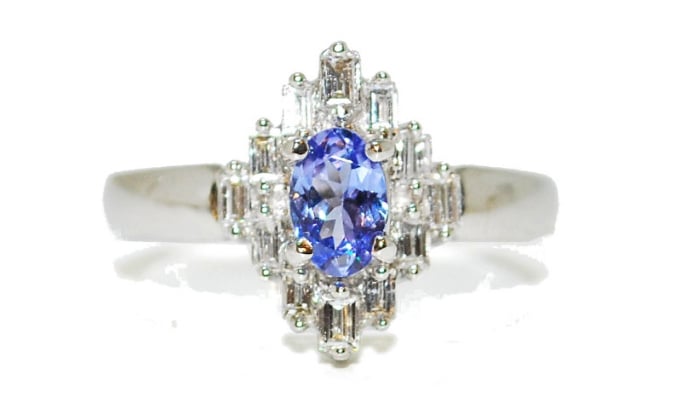 |
| Diamond and tanzanite white gold engagement ring |
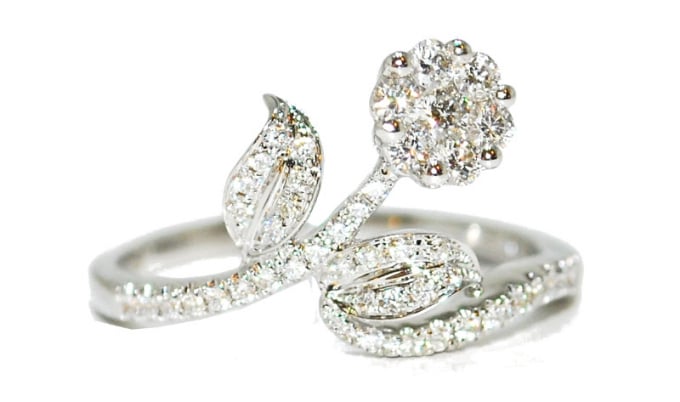 |
| Quirky diamond flower engagement ring.... |
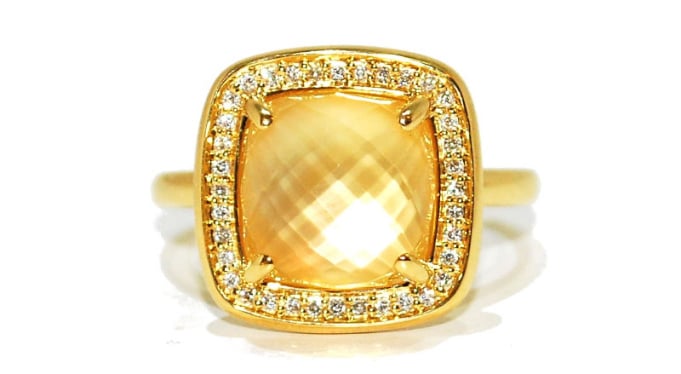 |
| Unusual citrine and diamond engagement ring..... |
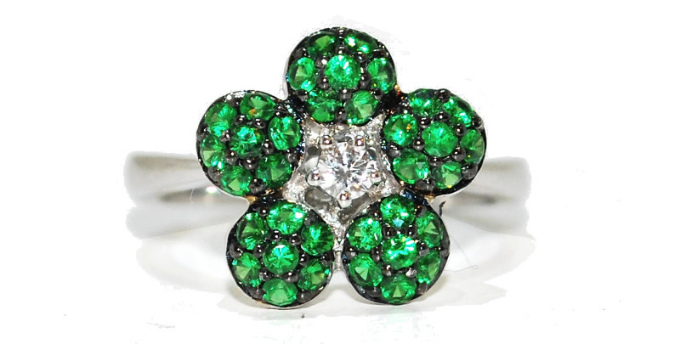 |
| Quirky and vibrant green garnet and diamond unusual engagement ring... |
|
To view the full collection of our unusual engagement rings click here. |

